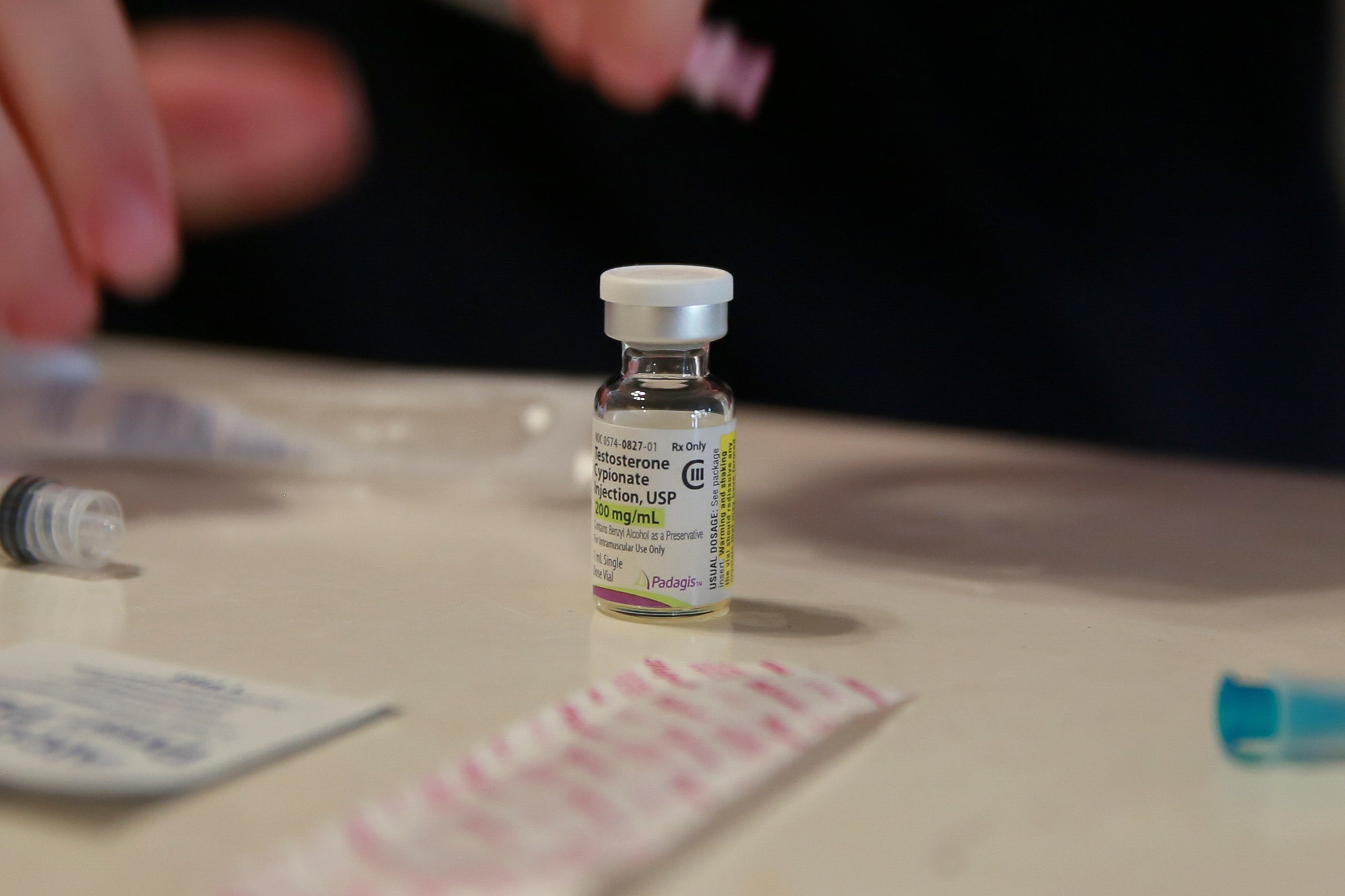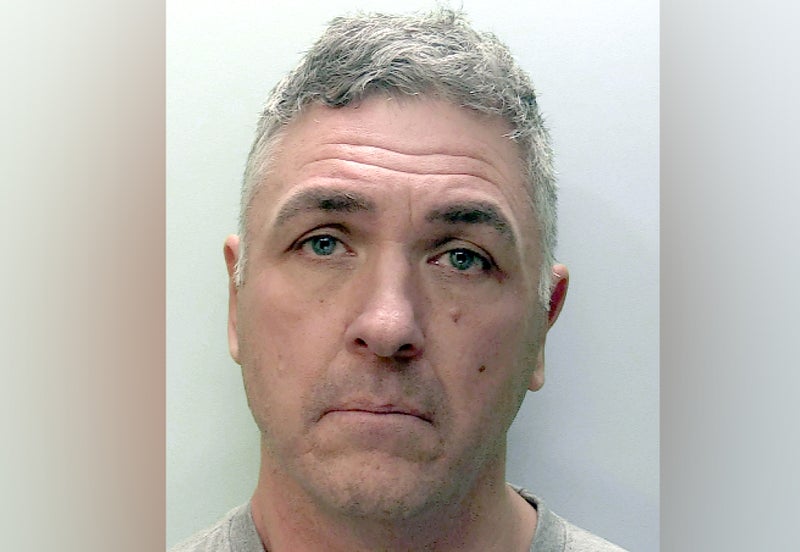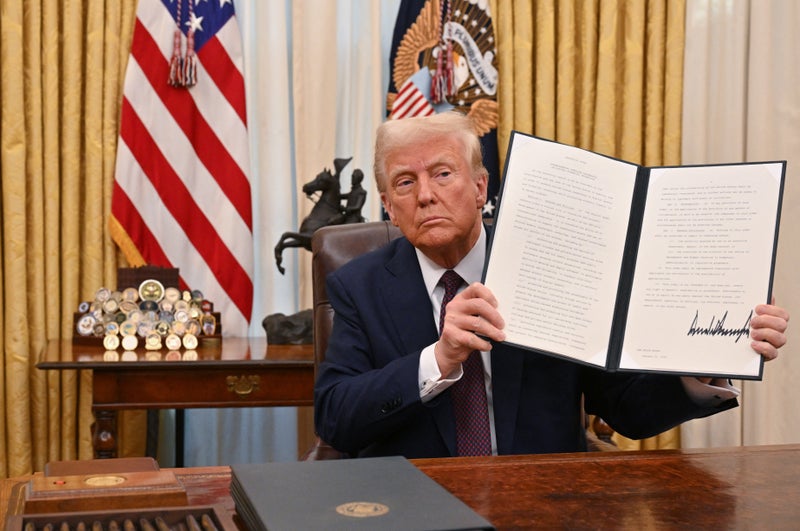Fewer than 1 in 1,000 US adolescents receive gender-affirming medications, researchers find
Share:
As U.S. lawmakers debate issues around health care for transgender youth, it’s been difficult to determine the number of young people receiving gender-affirming medications, leaving room for exaggerated and false claims. Now, a medical journal has published the most reliable estimate yet and the numbers are low, reflecting more clearly on medical practices now being weighed by the U.S. Supreme Court.
Fewer than 1 in 1,000 U.S. adolescents with commercial insurance received gender-affirming medications — puberty blockers or hormones — during a recent five-year period, according to the study released Monday. At least 26 states have adopted laws restricting or banning gender-affirming medical care for transgender minors, and most of those states face lawsuits. A decision by the Supreme Court in a Tennessee case is expected later this year. President-elect Donald Trump has promised to roll back protections for transgender people.
“We are not seeing inappropriate use of this sort of care," said lead author Landon Hughes, a Harvard University public health researcher. “And it’s certainly not happening at the rate at which people often think it is.”. The researchers analyzed a large insurance claims database covering more than 5 million patients ages 8 to 17.
Only 926 adolescents with a gender-related diagnosis received puberty blockers from 2018 through 2022. During that time, 1,927 received hormones. The findings, published in JAMA Pediatrics, suggest that fewer than 0.1% of all youth in the database received these medications.






















